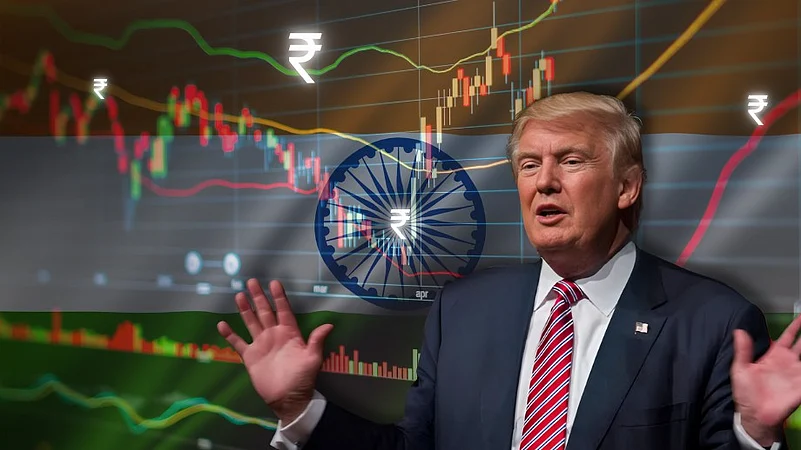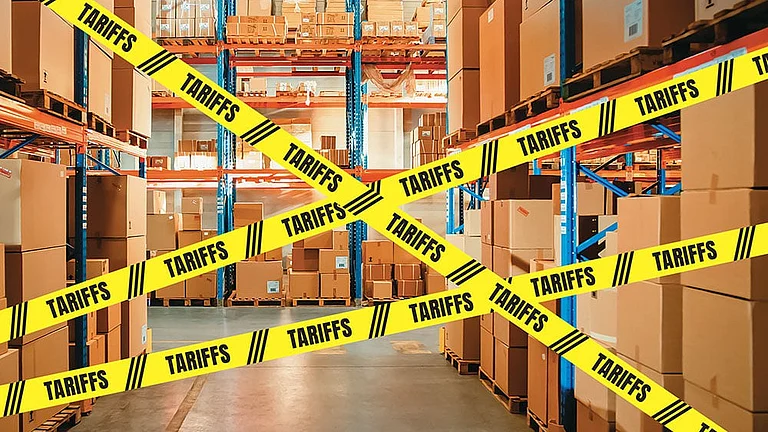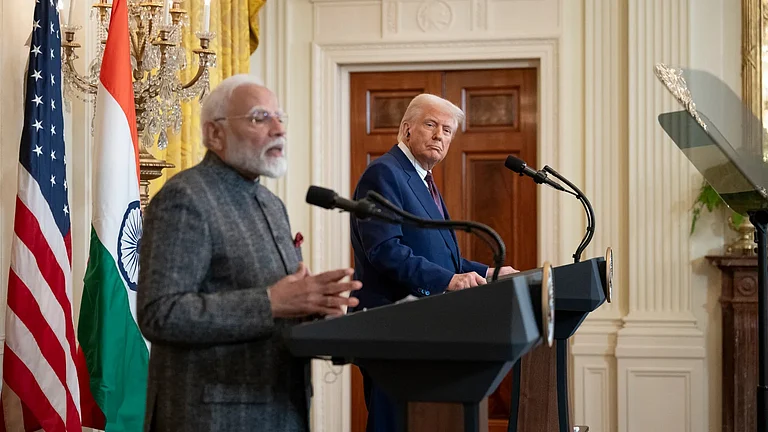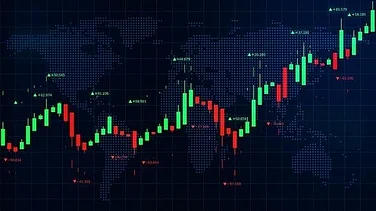
US tariffs hit Indian exports like textiles, electronics, and gems.
India risks losing edge to Vietnam and Bangladesh in textile exports.
Analysts expect the disruption to be short-lived.
The US government's surprise move to slap 25% tariff on Indian imports, effective August 1, has set off alarm bells across India’s export-focused industries. Sectors like electronics, auto components, textiles, and gems & jewellery, which have significant dependence on the US market, are staring at potential disruptions in volumes, margins, and global competitiveness. While analysts expect the damage to be short-term, in hopes of an imminent trade deal coming to reality in a couple of months, the impact on specific sectors, particularly textiles, could be more deeply felt.
Electronics, Auto Components, and Gems Under Pressure
India’s rapid rise as an electronics exporter, especially smartphones, may face a speed bump. Nearly 44% of US smartphone imports in Q2 2025 came from India, driven by production shifts from China. The newly announced tariff undercuts India’s cost advantage and threatens to disrupt the fragile supply chain realignment that global players like Apple have been building.
Auto components and metals, particularly those integrated into US original equipment manufacturer (OEM) supply chains, are also facing an uncertain outlook. Exporters fear delayed orders and squeezed margins as pricing re-negotiations and cost recalibrations begin.
In gems & jewellery, where more than 30% of exports are US-bound, players are struggling with the limited room to pass on costs. “This sector thrives on thin margins and high volumes. When your biggest buyer market turns protectionist, it’s tough to absorb a 25% hit,” said Anil Rego, Founder of Right Horizons PMS.
Textile Exporters Face Competitive Squeeze
Perhaps the most vulnerable in the tariff fallout are India’s textile and garment exporters. This segment, is staring at an erosion of its competitiveness against rivals like Bangladesh and Vietnam, and the 25% tariff might just accelerate that trend.
“The textile sector is already in a pricing knife fight with Bangladesh and Vietnam,” said Divam Sharma, Co-founder and Fund Manager at Green Portfolio PMS. “Both those countries benefit from favourable trade agreements with the US. Now with this tariff, Indian companies are left with higher input costs, higher export duties, and a shrinking price cushion.”
Unlike in electronics or pharma, textile margins are razor thin and highly sensitive to cost escalations. With buyers in the US being extremely price-conscious and often unwilling to absorb higher costs, Indian exporters could lose contracts to more cost efficient peers. This could have downstream effects on jobs and output, especially in states like Tamil Nadu, Gujarat, and West Bengal that are heavily reliant on textile manufacturing and exports.
Brokerage firm Nuvama Institutional Equities also warned that textiles, alongside sectors like industrials and tiles, could see significant order deferrals and potential layoffs if the tariff persists.
Some Saving Grace
While the spotlight is on sectors facing the brunt, others like pharmaceuticals, semiconductors, and petroleum products have been spared. The total impact of the tariffs on India’s goods exports, valued at around $87 billion annually to the US, is estimated to be around 2.5% of GDP, a macro number that’s manageable, though sectorally concentrated.
Investor sentiment, however, is another story. Small and mid-cap exporters, especially in high-beta sectors like auto ancillaries and textiles, could see elevated volatility. Nuvama cautioned that capital outflows from export-sensitive counters may intensify in the near term.
Tariff Blow: Lasting Impact or Passing Storm?
Despite the disruption, most experts are not sounding the alarm bells on long term fundamentals. With trade deal negotiations reportedly progressing behind closed doors, and officials hinting at a resolution by September or October, the tariffs are widely seen as a temporary lever in geopolitical bargaining.
“These are short term shocks, not structural breakdowns,” Sharma noted. “India’s export strength lies in its scale, adaptability, and supply reliability. None of that changes with one policy jolt.”
So while India’s export-facing sectors, especially textiles, are navigating choppy waters in the wake of Trump’s tariffs, the story is unlikely to stop at that. For now, near-term sentiment may be soured, but the hopes for a sweeter future remains intact.

































